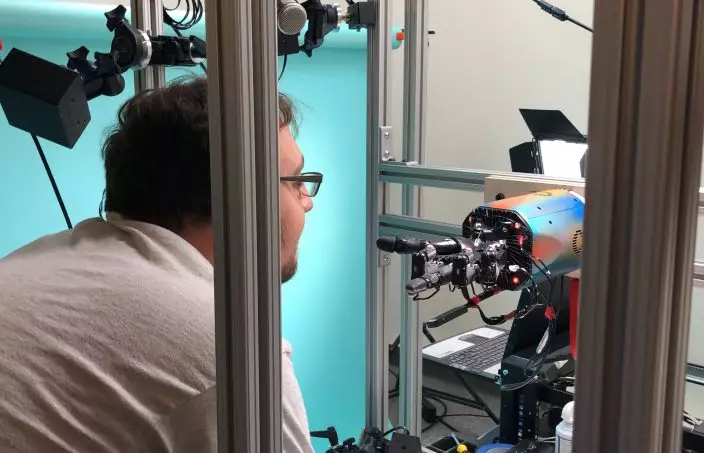How long does it take for a robotic hand to learn to juggle a cube?
About 100 years.
That's how much virtual computing time it took researchers at OpenAI to train its disembodied hand. OpenAI is the nonprofit artificial-intelligence lab funded by Elon Musk and others.

This undated photo provided by OpenAI shows a robotic hand rotating a cube at the company's research lab in San Francisco. The hand, called Dactyl, has a single job, and that’s to rotate a cube until the letter facing up matches a random selection. (Eric Louis HainesOpenAI via AP)
The hand, called Dactyl, has a single job: to rotate a cube until the letter facing up matches a random selection.
Every movement that brings the cube closer to the goal gives the robot software a small reward. Dropping the cube gives it a penalty.
In real life, researchers worked about a year to get the hand to the point of about a dozen successes in a row.

In this Thursday, July 26, 2018, photo, OpenAI researcher Jonas Schneider examines the research lab’s robotic hand in San Francisco. The hand, called Dactyl, has a single job, and that’s to rotate a cube until the letter facing up matches a random selection. (AP PhotoRyan Nakashima)
The success demonstrates how robots trained in a virtual environment can operate in the real world.


